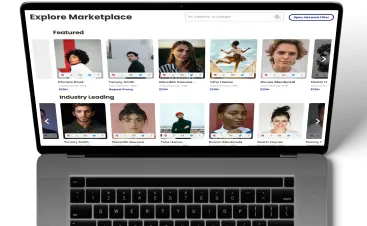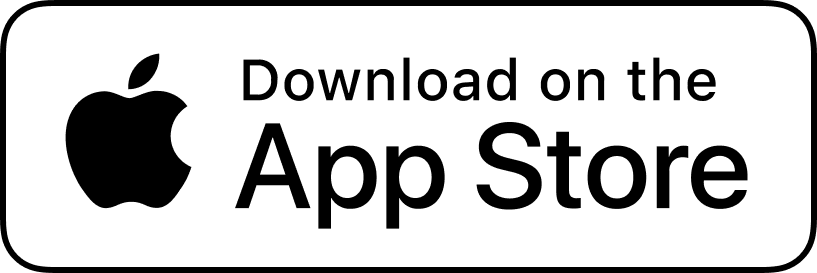What Is Social Commerce?
Social commerce is the integration of social media platforms and e-commerce, allowing users to discover, share, and purchase products directly within their social media environment. It leverages social media’s social interactions and network effects to enhance the online shopping experience and drive sales.
Key Features Of Social Commerce
- In-Platform Shopping: Users can browse and purchase products without leaving the social media platform. For example, Instagram Shopping allows users to buy products directly from posts and stories.
- Shoppable Posts: Brands can tag products in their social media posts, making it easy for users to click and buy the items they see.
- User-Generated Content: Social commerce encourages users to share their photos and reviews of products, which can influence their followers’ purchasing decisions.
- Social Proof and Reviews: Likes, shares, comments, and reviews on social media serve as social proof, helping to build trust and credibility for products and brands.
- Influencer Marketing: Influencers play a significant role in social commerce by endorsing products and sharing affiliate links from which their followers can purchase.
- Interactive Features: Features like live streaming, polls, and interactive ads allow brands to engage with their audience and provide real-time shopping experiences.
Benefits
- Increased Engagement: It leverages social media’s interactive nature, encouraging users to engage with content and products more meaningfully.
- Seamless Shopping Experience: Social commerce provides a seamless and convenient shopping experience by allowing users to shop directly on social media platforms.
- Enhanced Reach: Brands can reach a wider audience through social media, including potential customers who may not have discovered them through traditional e-commerce channels.
- Improved Conversion Rates: The integrated shopping experience, combined with social proof and influencer endorsements, can lead to higher conversion rates.
- Personalized Marketing: Social media platforms offer advanced targeting options, enabling brands to deliver personalized marketing messages and product recommendations based on user behavior and preferences.
Examples
- Instagram Shopping: Brands can create a digital storefront on Instagram, tag products in posts and stories, and allow users to purchase directly through the app.
- Facebook Shops: Facebook Shops enable businesses to set up an online store on Facebook and Instagram, making it easy for users to browse and buy products.
- Pinterest Buyable Pins: Pinterest allows users to purchase products directly from pins that feature buy buttons.
- TikTok Shopping: TikTok has introduced various shopping features, including shoppable ads and partnerships with e-commerce platforms to enable in-app purchases.
- WeChat Mini Programs: In China, WeChat Mini Programs allow users to shop, pay, and interact with brands without leaving the WeChat app.
Best Practices
- Optimize for Mobile: Ensure that your social commerce experience is mobile-friendly, as most social media users access platforms via mobile devices.
- Leverage Visual Content: Use high-quality images and videos to showcase your products and capture the attention of social media users.
- Engage with Your Audience: Actively engage with your followers through comments, direct messages, and interactive features to build relationships and trust.
- Collaborate with Influencers: Partner with influencers who align with your brand to reach a broader audience and leverage their credibility.
- Utilize User-Generated Content: Encourage customers to share their experiences with your products and feature their content on your social media channels.
- Monitor and Analyze Performance: Use social media analytics tools to track the performance of your social commerce efforts and make data-driven decisions to optimize your strategy.
In summary, it is a powerful blend of social media and e-commerce that enhances the online shopping experience by leveraging social interactions, user-generated content, and influencer marketing. It provides brands a seamless way to reach and engage with their audience, ultimately driving sales and building customer loyalty.
Check out some other terms you may encounter in the Creator economy here.








